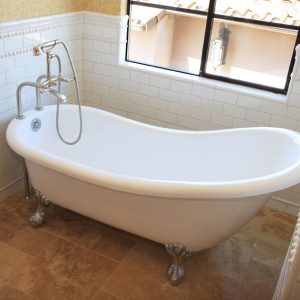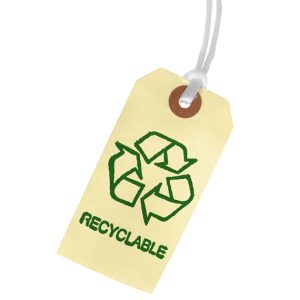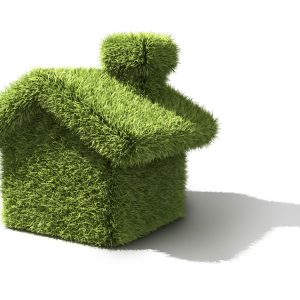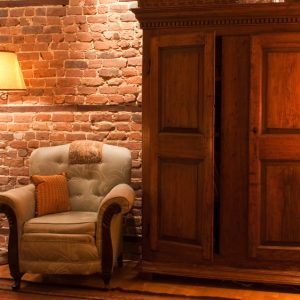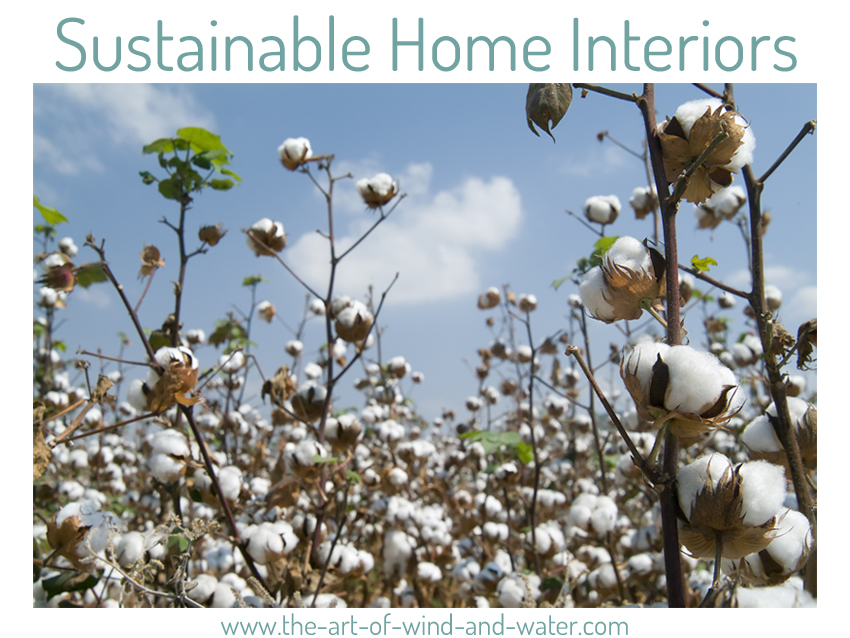
Sustainable Home Interiors
Sustainable building design doesn’t end with renewable energy systems, energy efficiency, insulations and building materials. Our interior space is often overlooked. Like so much else, creating a sustainable interior begins at the design stage of the project and includes everything from space planning and building services to surface finishes, decor, furniture, fittings and accessories. To minimise this, spend time at the beginning to research everything from the size of space you need, materials and products, to what happens to consumables post use.
Low Impact Materials and Products
Manufactured materials are either extracted from the earth, processed or farmed, all of which can be destructive to local eco systems, the landscape and whole communities. Natural landscapes and forests can be destroyed through felling, homogenised farming or quarrying on a large scale, often leaving the landscape bare and without natural life. Fossil fuels is only the first of all these natural resources to begin to run out, others will follow.
This activity also creates high levels of carbon emissions, waste and uses phenomenal amounts of non renewable resources and energy through processing, production, packaging and transport. A key concept when fitting out your home therefore is to reduce the number of virgin, (made from new), and non renewable materials and products.
Low environmental impact materials include those that are recycled, renewable, reclaimed, hand crafted, antique, second hand and have natural and possibly even organic content. Eco-friendly products must also meet certain environmental standards and regulations:
a) manufacturers who certify their own materials and products
b) industry association certification for specific sectors or groups
c) third party certification by an independent organisation.
- Greenwashing is when a company promotes their product as sustainable when in reality it is not
- Recycled content is a product made wholly or partly with recycled waste
- Recyclable is a product that can be re-used at the end of its original life
- Downcycling – at the end of the product’s lifespan, it can be recycled into something of a lesser grade
- Renewable/sustainable – materials that are in abundance and can be sustained at the rate we are using them
- Natural – materials that do not contain chemicals or synthetic additives
- Organic – materials and products that meet certified criteria in farming and manufacture
Buying Local
Importation can make even the ‘greenest’ or most natural product an eco disaster. Goods where the raw material, manufacture and delivery are local dramatically reduces carbon emissions. In addition, buying locally helps to support the economy you live in, keeping revenue within the community and sustaining local trade. The best way of doing this is to find materials that are abundant in your region and country e.g. stone, timber, clay etc. On a more aesthetic level, using these materials helps homes to fit into the landscape. The same applies to interior fittings. If you can avoid travelling to large retail units out of town, you not only reduce your energy usage, but help to lower that of the product as well because it has not had to be extensively transported, packaged and displayed.
Reduce Synthetics
Most modern building materials, furniture, fittings, textiles, accessories and products contain synthetic additives. Plastics are made from petrochemicals and are commonly found in carpet, paint, varnish, textiles, sealant, adhesive and casing. Chemical additives such as moisture repellent, crease-free, stain free, mildew inhibitors are also found in carpets, textiles, upholstery and soft furnishings. These substances can affect our health, as well as polluting our natural environment.
Chemical processing is energy intensive and creates a large amount of waste, carbon emissions and airborne toxins. Synthetic materials are also difficult to recycle and tend to end up in landfill where they are slow to degrade – anything from 400 to 1,000 years - there is also further pollution when the chemical content seeps into the earth, water and air. The industry has responded to this by creating bio degradable plastics, particularly for items with a short shelf life such as bags. These can be manufactured with an additive that means they begin to degrade immediately after manufacture, OXO-degradation, others upon contact with microbes, sunlight or other stress. Plastic such as this is still at the development stage for larger items, but there is hope on the horizon.
Alternatives to synthetics are natural and organic materials, or those low in synthetics and chemical content. In general, the less manufacturing that is involved, the more environmentally friendly the material tends to be.
Reclaim, Salvage, Second Hand, Freecycle, Charity Shops, Swap Centres
Better re-use of what we have already is an obvious way of tackling the problem, and you only have to visit an architectural salvage yard to see that this is a million miles from ‘junk’. There’s everything from building materials to doors, ironmongery, fireplaces, sanitary ware and furniture.
Second hand and charity shops are great sources for a huge range of household items, or you can use your mouse to log into freecycling networks for all manner of electrical goods in particular. Car boot sales are beginning to gain ground here, and finally there are swap centres and swap websites.
Heirloom Design
Heirloom design of interiors approaches waste reduction from another perspective. The idea is that what you buy should not look ‘dated’ before it has become not fit for purpose, and will last for the next 20, 50 or 100 years. Heirloom design challenges designers to create pieces that retain their usefulness, are durable, aesthetic and affordable, helping to change us from a throwaway society.
Antiques were usually hand crafted by highly skilled craftsmen, using quality materials to create ornate designs and have thus tended to be well looked after. They are also one of the few products that increase in value over time. If you value something you look after it better and so it lasts longer and the need to buy another is pushed back.
Key to the usefulness and longevity of a product is flexibility. Ideally it should be able to adapt to a change of use or be restored, repaired, re-upholstered etc. A rigid product that is difficult to re-purpose or recondition is on a fast track to a landfill site.
Re-purposing is becoming extremely trendy, with washing machine drums re-purposed into coffee tables, baths into sofas, salvaged timber into shelves, kitchen units from other pieces of furniture, and more. Turning the situation on its head, some of these pieces from contemporary designers are actually quite expensive! It’s something you can do yourself and very satisfying to create, from what might have been regarded as rubbish, something that is not only useful but also unique.
With heavy taxes for putting material into landfill, reducing this amount is a priority.
Lifecycle Analysis
An important element in the lifecycle of a building or interior product is energy. Embodied energy is the technical term which describes the amount of energy a process consumes e.g. ‘total building energy’ begins with raw material extraction/farming, processing, manufacture, packaging, shipping, consumer use, maintenance, post consumer use, disposal. By considering each part of the product lifespan you can determine the environmental impact of specifying it for your project. Realistically there is not a perfect eco choice; we make informed decisions based on a variety of environmental credentials.
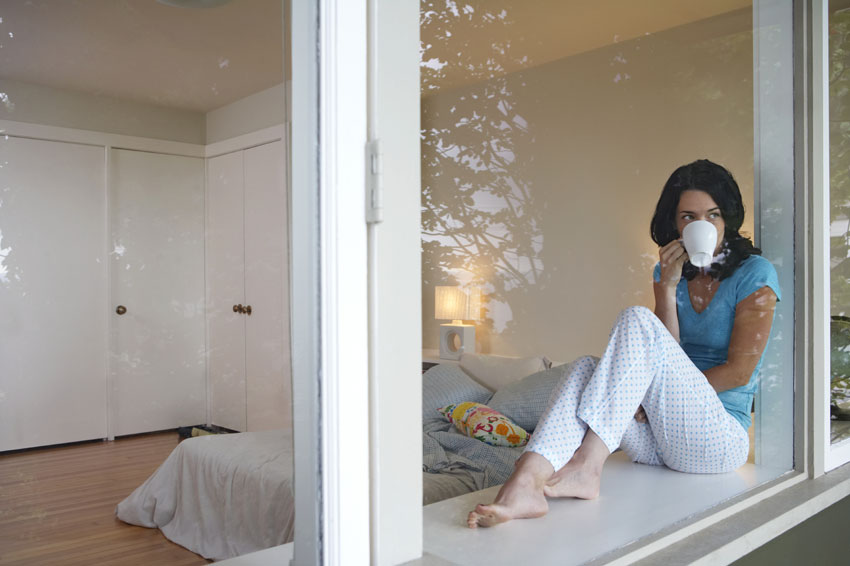
Sustainable Interiors
The ideal would be to leave no trace of our being, but that is only likely to be an option for the very few because every action has an environmental impact. In the end it tends to come down to personal choice; some people may choose to rethink their buying habits, others focus on buying local, for you it might be purchasing 100% natural materials; every step counts. Creating a sustainable interior is not a case of all or nothing; it’s about making choices and understanding the impact behind our choices.
Consumerism
Keeping up with the latest trend is very hard to resist, and, as a nation, shopping is a pastime that we are addicted to. Even the wave of green products can be easy to get caught up in, with the must have ‘eco accessories’. Reducing the amount you buy can therefore be painful, but think of it in terms of damage to the planet and it’s a case of prioritising. If we can avoid or lessen the number of products we buy that are disposable or which have a short lifespan in terms of durability, style and trend, then it’s a positive move in the right direction.
Space
Did you know that most of us use only 20% of the space in our homes to actually live in? The area not used for relaxing, sleeping, working and eating tends to increase over the years. If it’s all feeling a tight squeeze, maybe you have accumulated too many belongings, some of which you now don’t use and might either pass on to your offspring or reprise in the future. To regain the lost space the options are to redesign the layout, extend, move or self-build – or you could just go for a complete overhaul.
Consider that during renovation, the building will consume energy and create waste during demolition, construction and refurbishment. The construction of a new home accounts for 50 tonnes of CO2, whilst refurbishing an existing one causes 15 tonnes, but it will cost more to heat, power and maintain. (Empty Homes Agency Report 2008). Every product brought into your home whether a material, piece of furniture, fitting, textile or accessory adds up. Be liberated! Carry out a home space/storage/layout analysis and let go of hoarding and clutter.
With a home that’s easier and more comfortable to live in, you’re likely to spend much more time there; people who prefer to spend a lot of time away from it in the evenings and at weekends are usually uncomfortable in their home environment. This also of course helps to lower your personal carbon footprint as moving means travelling, which costs energy.
Waste Not Want Not
Think before you throw. A lot of our landfill is household waste that could be recycled or, if biodegradable, composted. The Environmental Protection Agency states that “approximately 3.4 million tonnes of municipal waste is generated annually; of this, 2 million tonnes is landfilled; this equates to a 36% recycling rate; approximately 1.5 million tonnes of the landfilled municipal waste is biodegradable”. Home composting kits are readily available and some regions have schemes for biodegradable waste bins.
Saving Energy
Over its’ lifetime, your home uses more energy than the total consumed in building and demolishing it. One way of helping you to see where it’s all going is a home electrical analysis. To do this very simply, you can buy a wireless home electricity energy monitor which provides continuous information about how much you are using at any one time, what it’s costing you in pence per hour. If you’re really keen, you can list everything electrical, and, switching each on in turn, work out its individual consumption.
Safe drinking water is a precious commodity, yet we still use it for flushing the WC. In some districts, especially in urban and suburban areas, if you are doing major building work there is a requirement to install a rainwater harvesting system at the same time. Fixing dripping taps and, when replacements are needed, buying water efficient fittings and sanitary ware, all helps.
Appliances, heating, cooling, ventilation, artificial lighting and the vast range of electrical equipment are the main consumers of fuel in your home. Where possible, opt for renewable resources such as solar power, renewable energy systems, energy efficient appliances, along with appropriate insulation throughout.
Although it’s rather a broad brush approach, a home energy audit assesses your overall performance in the energy stakes. Recommendations are given outlining where savings can be made with; construction materials, floor, walls and roof insulation, ventilation, heating system, day light and solar gain.
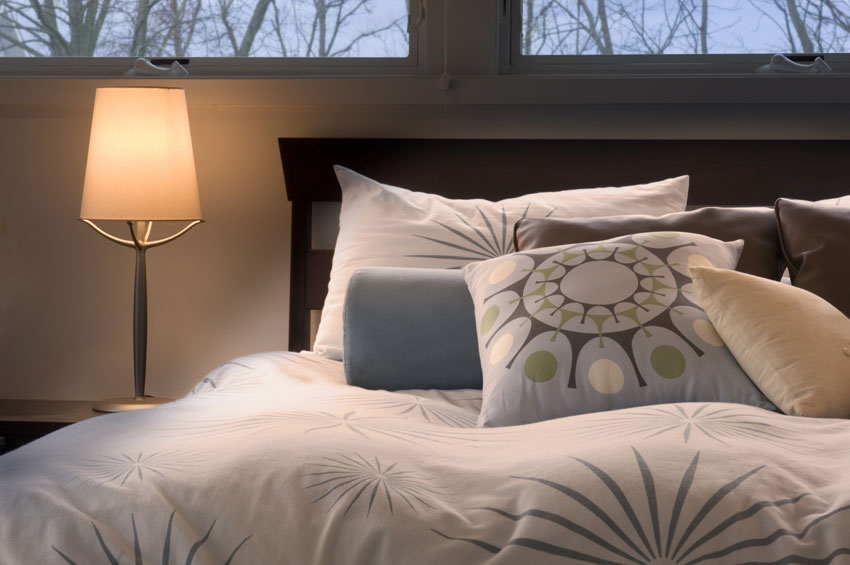
Quality of Life
Getting the balance right between having too little air movement and a home that loses expensively heated air is not easy to achieve. Some modern homes are almost airtight, constructed with synthetic materials that restrict the walls from ‘breathing’ and as a result can lack fresh ventilation. Internally, many surface finishes, paints, wall liners, plasterboard and insulations are not micro porous, restricting the passage of air from outside through the wall. When this happens it creates higher concentrations of indoor air pollutants and moisture can become trapped within the wall, leading to its degradation.
Indoor air pollution comes from a variety of sources including combustion, biological, VOCs (volatile organic compounds), and heavy metals.
- Combustion: burning fuels, candles, smoking, real fires.
- Biological: mildew, mould, viruses, bacteria, fungi, spores, dust mites and pollen.
- VOCs: chemical/synthetic building materials, paint, flooring, furniture, fabrics and cleaning products.
- Heavy metals: lead, mercury, cadmium, zinc, chromium and arsenic.
- At the other end of the scale are older homes where there can be too much heat lost through natural ventilation.
Efficient heating, cooling and ventilation as well as using alternative methods of construction, materials and products all help to keep the air, and you, healthy. Balancing air quality, ventilation, heating and cooling with such a variety of construction and materials, climate and season all in the mix is perhaps one of the greatest challenges in our efforts.
Daylight
The final item for consideration in our drive towards a more sustainable home is another free resource – daylight. Orientating your new house or re-organising an existing one to take maximum benefit of this can make a major difference to both your fuel bills and quality of life. Think about which rooms you will need to have most light in, and ones where you spend little time during the day, and arrange their function accordingly. For example, a room facing north will not receive direct sunlight during the day, any windows will receive low levels of light and the room could be quite dark. This level and period of light would best suit a dining room or guest bedroom. Turning to the interior, the layout, fixtures and furnishings and wall finishes should all be designed with orientation and daylighting in mind so that the path of light is not obstructed.
Size, horizontal and vertical positioning are important. A room with one large window will receive less light than one with a few smaller windows, whilst glazing high up on the wall will fill the rear of the room with light. You should also be aware of how the amount of light changes with the seasons and time of day. Skylights and sky tubes fitted in the roof are very helpful for awkward dark areas, but beware of concentrated light as it can fade upholstery and furnishings; there can also be a problem with glare, and finally, add to heat loss.
Materials, their colour and texture, all have an influence on how bright a room appears. Lighter colours and reflective/shiny/glossy/flat surfaces maximise light reflection around a room. Curtains, drapes and blinds can restrict natural daylight and should be chosen with care in rooms that have few windows or are quite dark. They should be hung so that the whole window is visible when they are pulled or opened. And if you do need extra light, try to use energy efficient artificial lighting with bulbs like CFLs and LEDs, as well as sensors to switch them off when the room is empty.

